A Blockchain Voting System Based on the Feedback Mechanism and Wilson Score
Abstract
1. Introduction
2. Related Information and Related Work
2.1. Blockchain and Smart Contract
2.2. Wilson Score
2.3. Related Work
3. Voting System
- Step1:
- The voting initiator publishes voting details on the website, including the information of candidates (C1, C2, …, Cj, …), the voting time limit, and the voting point conversion rate α.
- Step2:
- Voting initiators register and log in to the Ethereum private chain, build, and deploy smart contracts.
- Step1:
- Users register and log in to participate in the voting smart contracts of the Ethereum private chain.
- Step2:
- The system performs a simple certification for the users participating in the voting to confirm that they are eligible to vote. The certification here is mainly to prevent some simple network attacks and re-entry attacks on smart contracts. This step is to expand the voting system in actual applications. In our experiment, we assume that all voting users are eligible. Then, the system generates voters (V1, V2, …, Vi, …).
- Step3:
- After the voting users have verified their voting qualifications, they can transfer ether to the smart contract account to obtain voting points, and the conversion rate of points is α.
- Step4:
- The smart contract works. When users participate in voting, each candidate can give yes votes and negative votes.
- Step5:
- The voting result is locked when the voting is closed. After that, the number of votes and samples of the candidates will be counted, and the initial support rate of the candidate will be calculated by the number of votes (= yes votes/ (yes votes + negative votes)).
- Step6:
- The system calculates the data in step 5 by using the Wilson score algorithm to obtain the candidate’s final score S, and it obtains the feedback coefficient β through S.
- Step7:
- The smart contract feedback takes effect. Through the feedback coefficient β, the user’s voting points can be adjusted. The points can be converted to the user’s ether (conversion rate is α) and continue to circulate on the blockchain.
4. Feedback Mechanism
- (1)
- The points are worthless. The points have no economic value, but the points returned to voters after deducting the commissions can be used to participate in the next similar vote.
- (2)
- The points have a lower value. One voting point can be exchanged for 0.1 yuan, and the points returned to voters after deducting the commissions can be used to participate in the next similar vote, or they can be exchanged for cash.
- (3)
- The points have a higher value. One voting point can be exchanged for 1 yuan. The points returned to voters after deducting the commissions can be used to participate in the next similar vote, or they can be exchanged for cash.
- (1)
- If the option you voted for finally wins, how many points are you willing to pay as commission (0 means you are not willing to pay any commission).
- (2)
- If the option you voted is ultimately unsuccessful, how many points are you willing to pay as commission (0 means you are not willing to pay any commission).
| Algorithm 1: Lower bound of the Wilson score confidence interval |
| 1. Input j, nj, Z1-ɑ/2 (abbreviated as Z) 2. Output Sj 3. BEGIN 4. Z ← 1.96 5. FOR EACH j: 6. IF n == 0 7. RETURN 0 8. ELSE Sj ← ( j+ Z × Z/(2 × nj) −Z × Math.sqrt((j × (1 − j) + Z × Z/(4 × nj))/nj))/(1 + Z × Z/nj) 9. RETURN Sj 10. END IF 11. END FOR |
| Algorithm 2: Feedback coefficient algorithm |
| 1. Input Sj, Bj, Cj 2. Output βj 3. BEGIN 4. FOR EACH j: 5. IF Bj == true 6. VAR a ← (1 − Sj)/2 7. IF a < 0.05 THEN 8. βj ← 0.05 9. ELSE IF a > 0.20 THEN 10. βj ← 0.20 11. ELSE βj ← a 12. END IF 13. END FOR 14. RETURN βj |
5. Experiment Analysis
5.1. Smart Contract Function
5.2. Wilson Score Analysis
5.3. Case Analysis
6. Conclusions
Author Contributions
Funding
Acknowledgments
Conflicts of Interest
References
- Fujioka, A.; Okamoto, T.; Ohta, K. A Practical Secret Voting Scheme for Large Scale Elections; International Workshop on the Theory and Application of Cryptographic Techniques; Springer: Berlin/Heidelberg, Germany, 1992. [Google Scholar]
- Magkos, E.; Burmester, M.; Chrissikopoulos, V. Receipt-Freeness in Large-Scale Elections without Untappable Channels; Springer: Boston, MA, USA, 2001. [Google Scholar]
- Zhao, Z.; Chan, T.-H.H. How to vote privately using bitcoin. In Information and Communications Security; Qing, S., Okamoto, E., Kim, K., Liu, D., Eds.; Lecture Notes in Computer Science; Springer: Cham, Switzerland, 2016; Volume 9543, pp. 82–96. ISBN 978-3-319-29813-9. [Google Scholar]
- McCorry, P.; Shahandashti, S.; Hao, F. A Smart Contract for Boardroom Voting with Maximum Voter Privacy. In International Conference on Financial Cryptography and Data Security; Springer Science and Business Media LLC: Cham, Switzerland, 2017; pp. 357–375. [Google Scholar]
- Bao, Z.; Wang, B.; Shi, W. A privacy-preserving, decentralized and functional bitcoin E-voting protocol. In Proceedings of the 2018 IEEE SmartWorld, Ubiquitous Intelligence & Computing, Advanced & Trusted Computing, Scalable Computing & Communications, Cloud & Big Data Computing, Internet of People and Smart City Innovation (SmartWorld/SCALCOM/UIC/ATC/CBDCom/IOP/SCI), Guangzhou, China, 8–12 October 2018; pp. 252–256. [Google Scholar]
- Lai, W.-J.; Hsieh, Y.; Hsueh, C.-W.; Wu, J.-L. DATE: A Decentralized, Anonymous, and Transparent E-Voting System. In Proceedings of the 2018 1st IEEE International Conference on Hot Information-Centric Networking (HotICN), Shenzhen, China, 15–17 August 2018; pp. 24–29. [Google Scholar]
- Nakamoto, S. Bitcoin: A Peer-To-Peer Electronic Cash System [EB/OL]. 12 February 2019. Available online: https://bitcoin.org/en/bitcoin-paper (accessed on 22 October 2020).
- Buterin, V. A Next-Generation Smart Contract and De-Centralized Application Platform [EB/OL]. 1 May 2018. Available online: https//github.com/ethereum/wiki/wiki/White-Paper (accessed on 22 October 2020).
- Miller, E. How not to Sort by Average Rating [EB/OL]. 6 February 2009. Available online: https://www.evanmiller.org/how-not-to-sort-by-average-rating.html (accessed on 22 October 2020).
- Cranor, L.F.; Cytron, R.K. Sensus: A securityconscious electronic polling system for the Internet. In Proceedings of the Thirtieth Annual Hawwaii International Conference on System Sciences, Wailea, HI, USA, 7–10 January 1997. [Google Scholar]
- Herschberg, M.A. Secure Electronic Voting over the World Wide Web. Master’s Thesis, Massachusetts Institute of Technology, Cambridge, MA, USA, 27 May 1997. [Google Scholar]
- Na, S.; Park, Y.B. Web-based nominal group technique decision making tool using blockchain. In Proceedings of the 2018 International Conference on Platform Technology and Service (PlatCon), Jeju, Korea, 29–31 January 2018; pp. 1–6. [Google Scholar]
- Kshetri, N.; Voas, J. Blockchain-Enabled E-Voting. IEEE Softw. 2018, 35, 95–99. [Google Scholar] [CrossRef]
- Taş, R.; Tanrıöver, Ö. A systematic review of challenges and opportunities of blockchain for E-voting. Symmetry 2020, 12, 1328. [Google Scholar] [CrossRef]
- Yavuz, E.; Koc, A.K.; Cabuk, U.C.; Dalkilic, G. Towards secure e-voting using ethereum blockchain. In Proceedings of the 2018 6th International Symposium on Digital Forensic and Security (ISDFS), Antalya, Turkey, 22–25 March 2018; pp. 1–7. [Google Scholar]
- Sun, X.; Wang, Q.; Kulicki, P. A Simple Voting Protocol on Quantum Blockchain. Int. J. Theor. Phys. 2019, 58, 275–281. [Google Scholar] [CrossRef]
- Zhang, W.; Yuan, Y.; Hu, Y.; Huang, S.; Cao, S.; Chopra, A.; Huang, S. A Privacy-Preserving Voting Protocol on Blockchain. In Proceedings of the 2018 IEEE 11th International Conference on Cloud Computing (CLOUD), San Francisco, CA, USA, 2–7 July 2018; pp. 401–408. [Google Scholar]
- Srivastava, G.; Dwivedi, A.D.; Singh, R. Crypto-democracy: A decentralized voting scheme using blockchain technology. In Proceedings of the 15th International Joint Conference on E-Business and Telecommunications, Porto, Portugal, 26–28 July 2018; pp. 674–679. [Google Scholar]
- Srivastava, G.; Dwivedi, A.D.; Singh, R. Phantom Protocol as the New Crypto-Democracy. In Computer Information Systems and Industrial Management; Saeed, K., Homenda, W., Eds.; Lecture Notes in Computer Science; Springer: Cham, Switzerland, 2018; Volume 11127, pp. 499–509. ISBN 978-3-319-99953-1. [Google Scholar]
- Sathya, V.; Sarkar, A.; Paul, A.; Mishra, S. Block Chain Based Cloud Computing Model on EVM Transactions for Secure Voting. In Proceedings of the 2019 3rd International Conference on Computing Methodologies and Communication (ICCMC), Erode, India, 27–29 March 2019; pp. 1075–1079. [Google Scholar]
- Liu, Y.; Wang, Q. An E-voting Protocol Based on Blockchain. International Association for Cryptologic Research. 2017. Available online: https://eprint.iacr.org/2017/1043.pdf (accessed on 28 August 2019).
- Wang, B.; Sun, J.; He, Y.; Pang, D.; Lu, N. Large-Scale Election Based on Blockchain. Procedia Comput. Sci. 2018, 129, 234–237. [Google Scholar] [CrossRef]
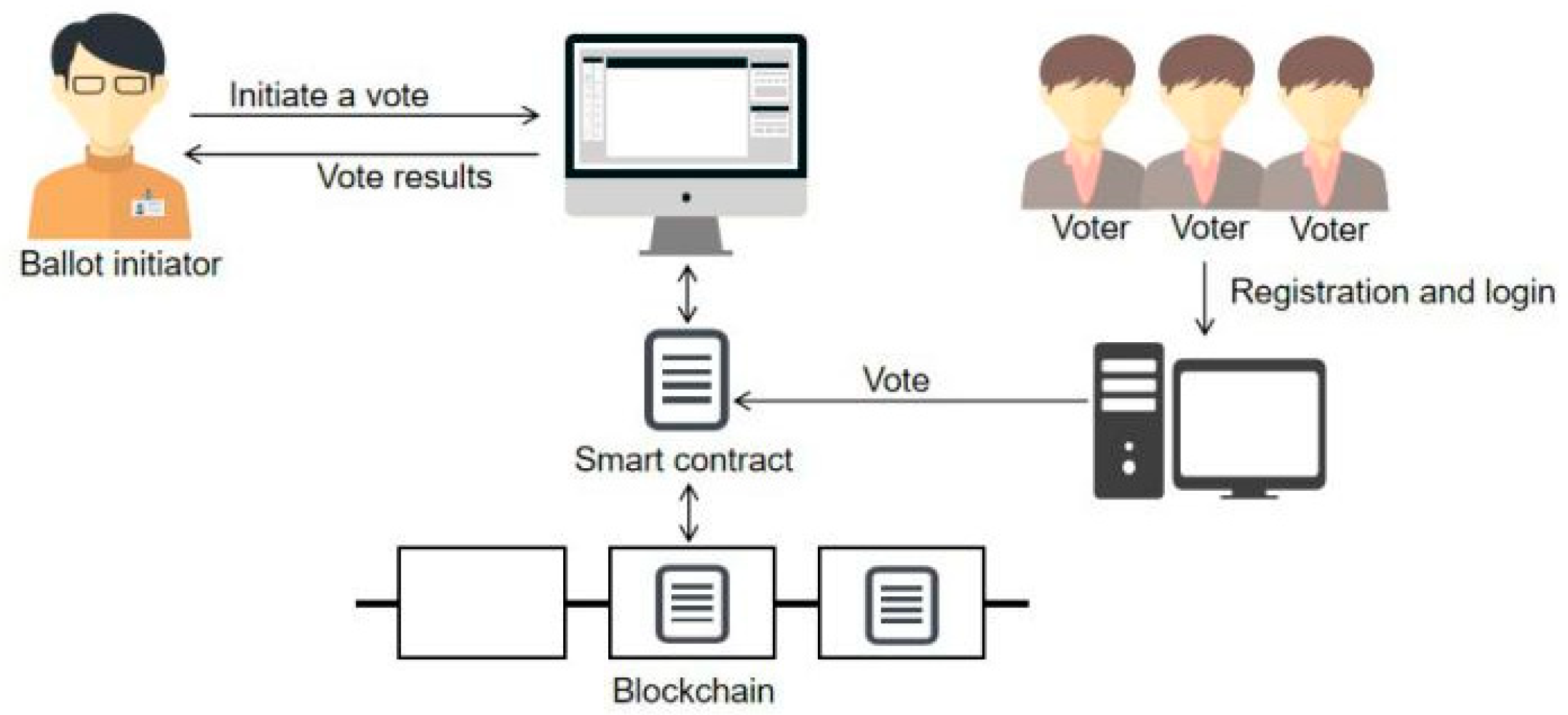
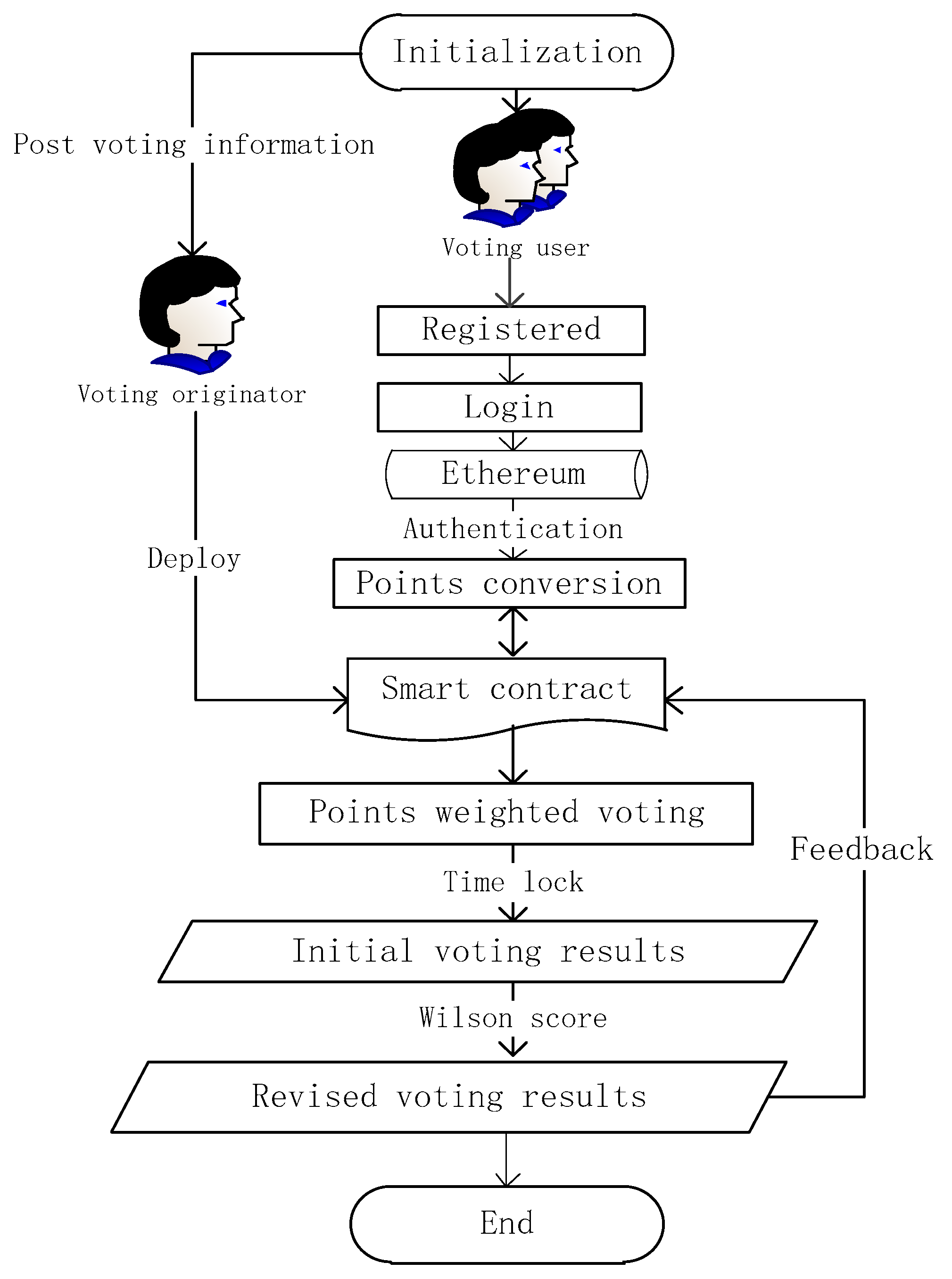
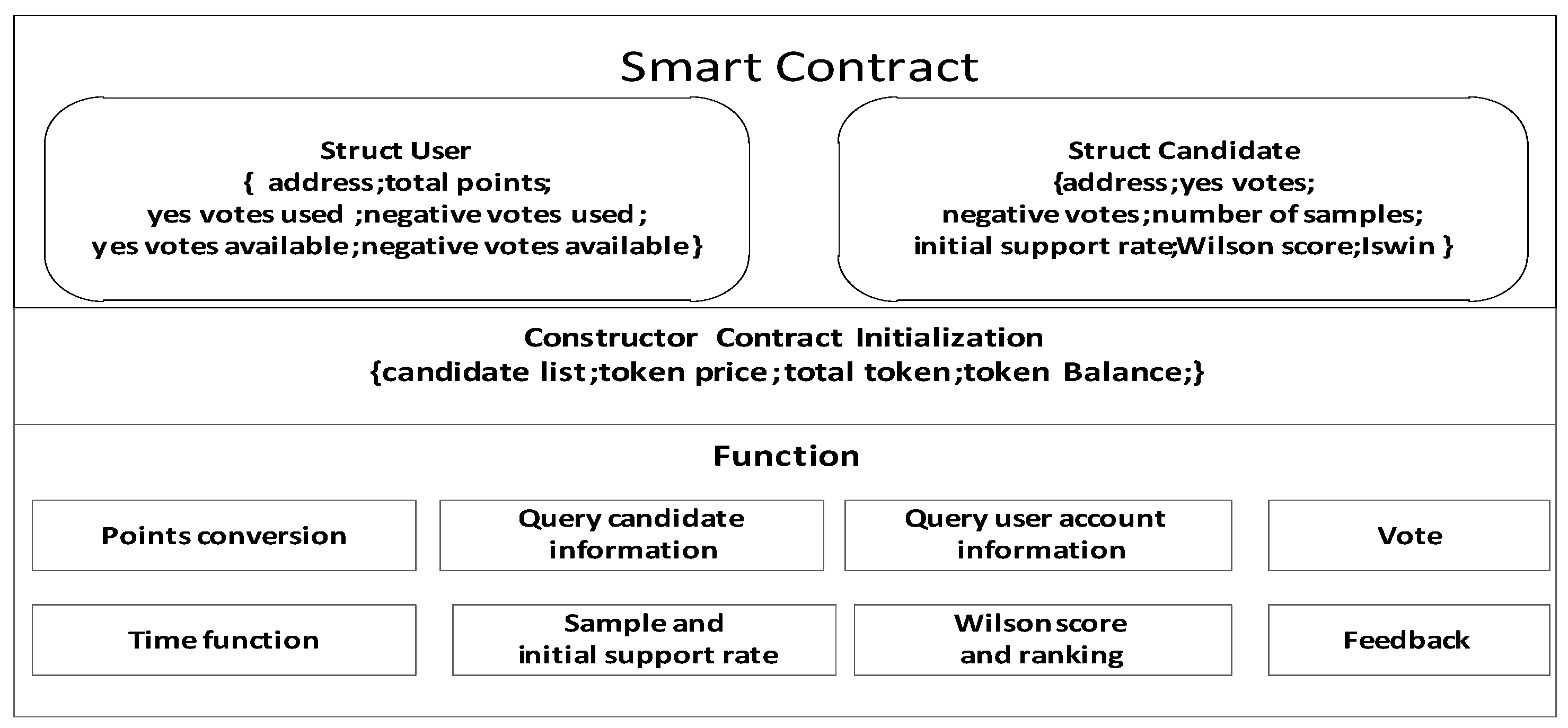

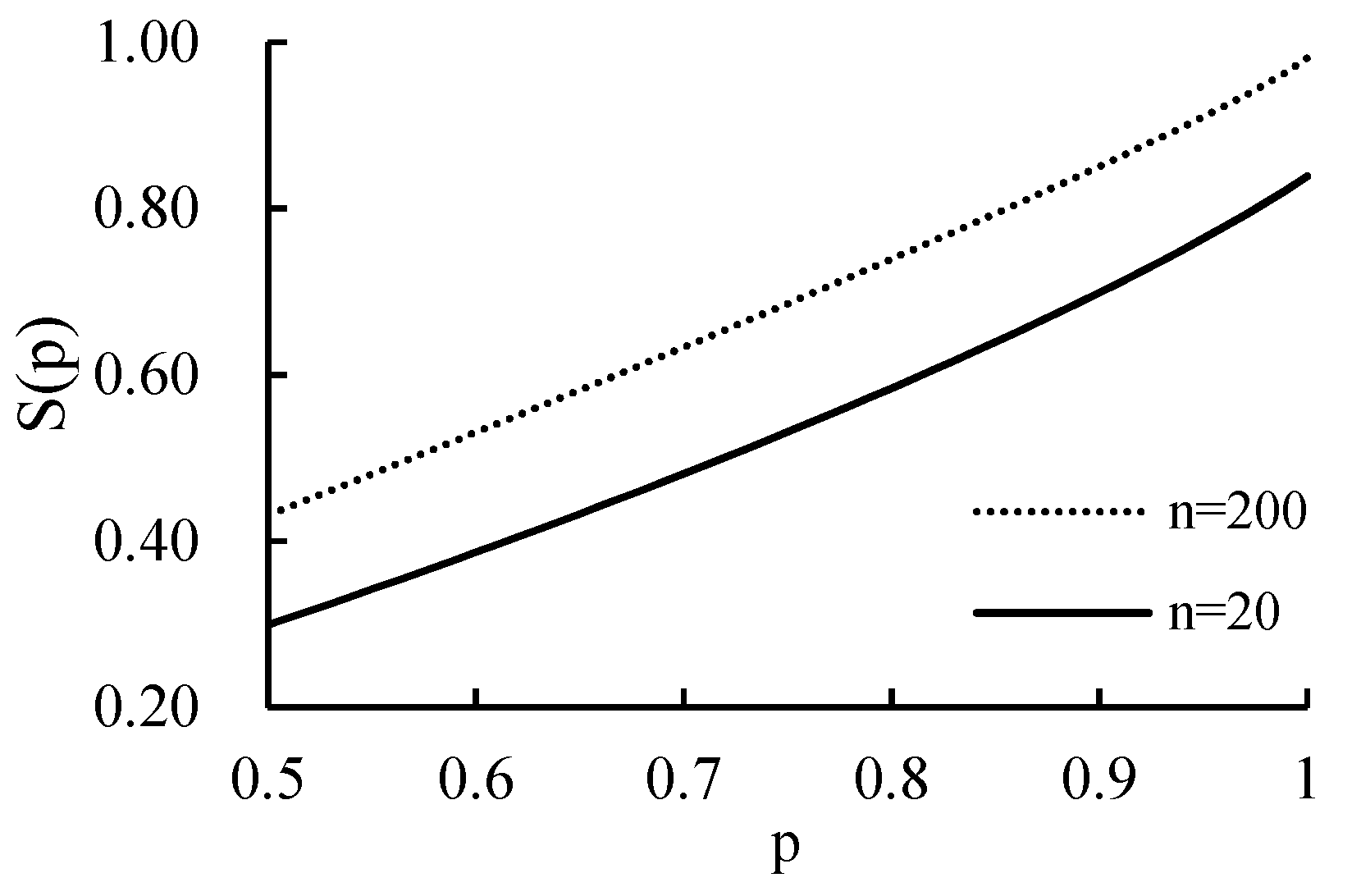
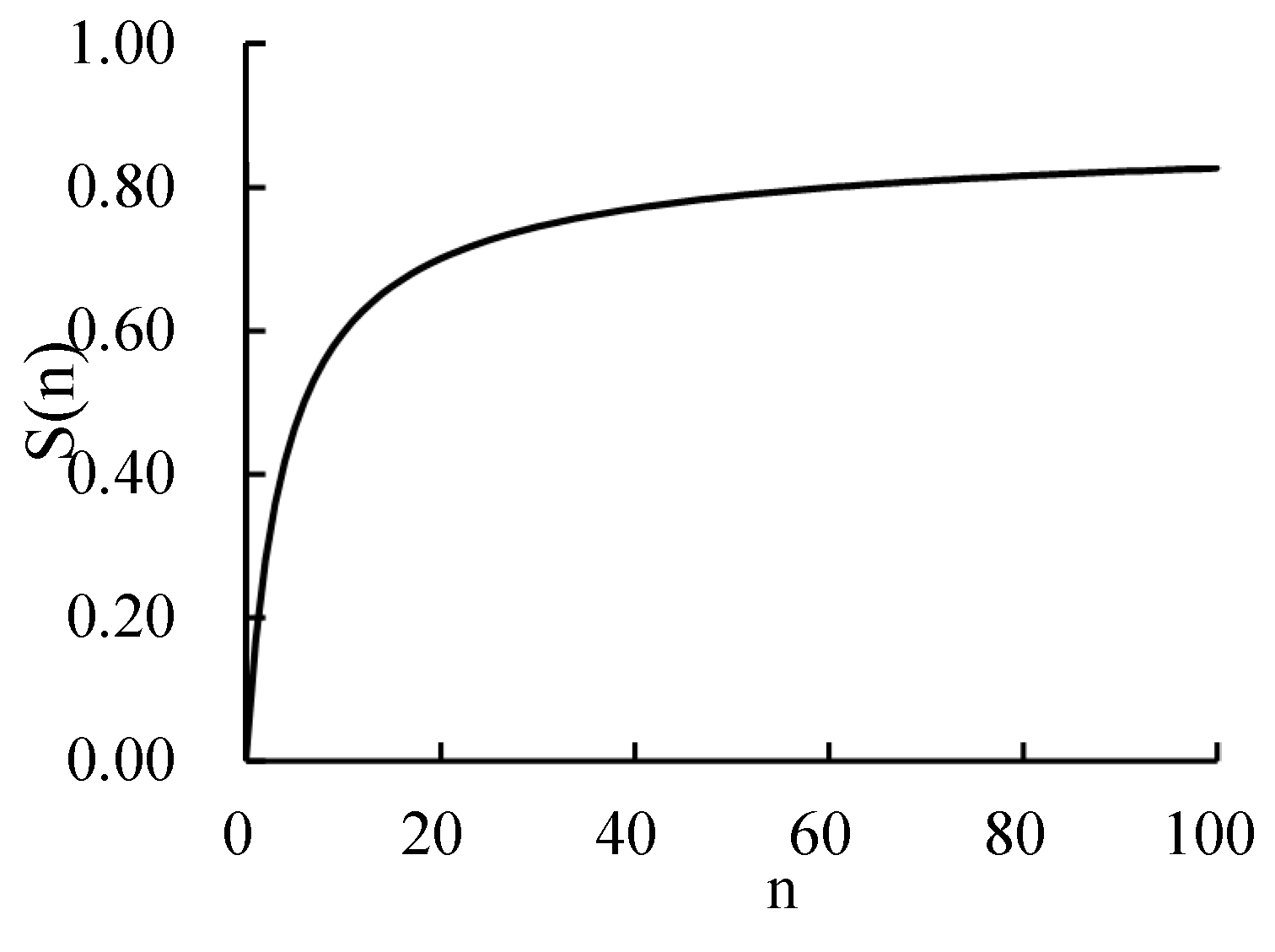
| Points Value | VW | R∈(0%,20%] in VW | VL |
|---|---|---|---|
| Higher | 45.6% | 89.02% | 13.89% |
| Lower | 63.3% | 85.09% | 26.67% |
| Worthless | 81.1% | 86.99% | 36.11% |
| Movie Names | n | S | |
|---|---|---|---|
| My People, My Country | 157 | 73.67% | 0.6627 |
| Dying to Survive | 160 | 90.15% | 0.8455 |
| Ne Zha | 178 | 86.35% | 0.8053 |
| The Wandering Earth | 172 | 54.04% | 0.4659 |
| The Captain | 142 | 40.90% | 0.3316 |
| Better Days | 125 | 85.40% | 0.7816 |
| Sheep Without A Shepherd | 98 | 74.75% | 0.6533 |
| The Bravest | 85 | 34.77% | 0.2551 |
| The Climbers | 76 | 7.50% | 0.0342 |
| Project Gutenberg | 66 | 87.68% | 0.7763 |
| Ranking | Initial | Final | S | |
|---|---|---|---|---|
| 1 | Dying to Survive | 90.15% | Dying to Survive | 0.8455 |
| 2 | Project Gutenberg | 87.68% | Ne Zha | 0.8053 |
| 3 | Ne Zha | 86.35% | Better Days | 0.7816 |
| 4 | Better Days | 85.40% | Project Gutenberg | 0.7763 |
| 5 | Sheep Without A Shepherd | 74.75% | My People, My Country | 0.6627 |
| 6 | My People, My Country | 73.67% | Sheep Without A Shepherd | 0.6533 |
| 7 | The Wandering Earth | 54.04% | The Wandering Earth | 0.4659 |
| 8 | The Captain | 40.90% | The Captain | 0.3316 |
| 9 | The Bravest | 34.77% | The Bravest | 0.2551 |
| 10 | The Climbers | 7.50% | The Climbers | 0.0342 |
| Movie Names | Nc | Fc | Nk | Fk |
|---|---|---|---|---|
| Dying to Survive | 0 | 0 | 0 | 0 |
| Ne Zha | 1168 | 90 | 0 | 0 |
| Better Days | 1964 | 152 | 0 | 0 |
| Project Gutenberg | 843 | 65 | 38 | 4 |
| My People, My Country | 5226 | 404 | 2204 | 241 |
| Sheep Without A Shepherd | 4131 | 319 | 1712 | 187 |
| The Wandering Earth | 11,278 | 871 | 6099 | 666 |
| The Captain | 11,215 | 866 | 6291 | 687 |
| The Bravest | 16,792 | 1297 | 9063 | 990 |
| The Climbers | 61,858 | 4778 | 33,862 | 3699 |
Publisher’s Note: MDPI stays neutral with regard to jurisdictional claims in published maps and institutional affiliations. |
© 2020 by the authors. Licensee MDPI, Basel, Switzerland. This article is an open access article distributed under the terms and conditions of the Creative Commons Attribution (CC BY) license (http://creativecommons.org/licenses/by/4.0/).
Share and Cite
Ma, X.; Zhou, J.; Yang, X.; Liu, G. A Blockchain Voting System Based on the Feedback Mechanism and Wilson Score. Information 2020, 11, 552. https://doi.org/10.3390/info11120552
Ma X, Zhou J, Yang X, Liu G. A Blockchain Voting System Based on the Feedback Mechanism and Wilson Score. Information. 2020; 11(12):552. https://doi.org/10.3390/info11120552
Chicago/Turabian StyleMa, Xiaoyu, Jiting Zhou, Xiumei Yang, and Guangyuan Liu. 2020. "A Blockchain Voting System Based on the Feedback Mechanism and Wilson Score" Information 11, no. 12: 552. https://doi.org/10.3390/info11120552
APA StyleMa, X., Zhou, J., Yang, X., & Liu, G. (2020). A Blockchain Voting System Based on the Feedback Mechanism and Wilson Score. Information, 11(12), 552. https://doi.org/10.3390/info11120552




